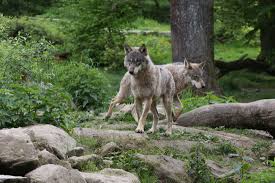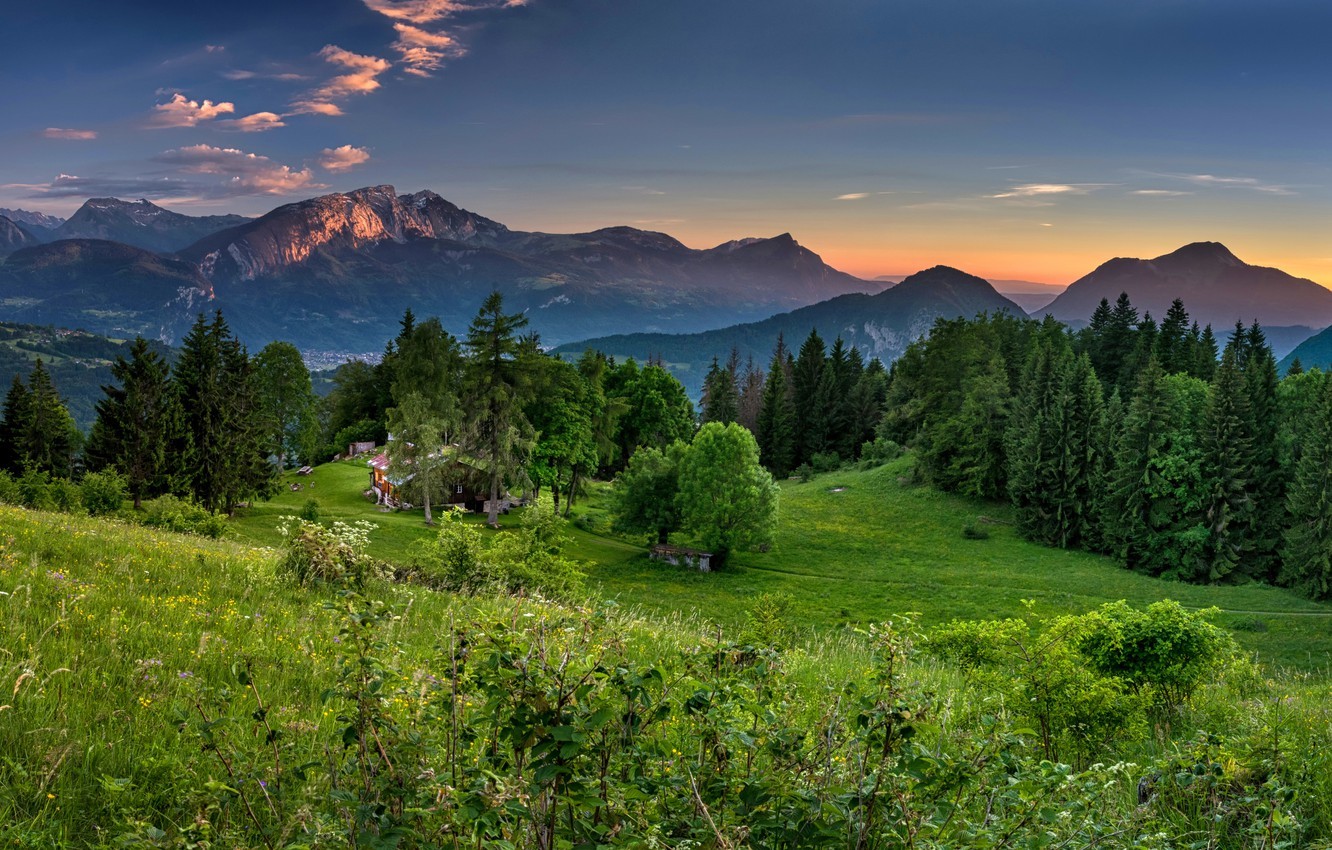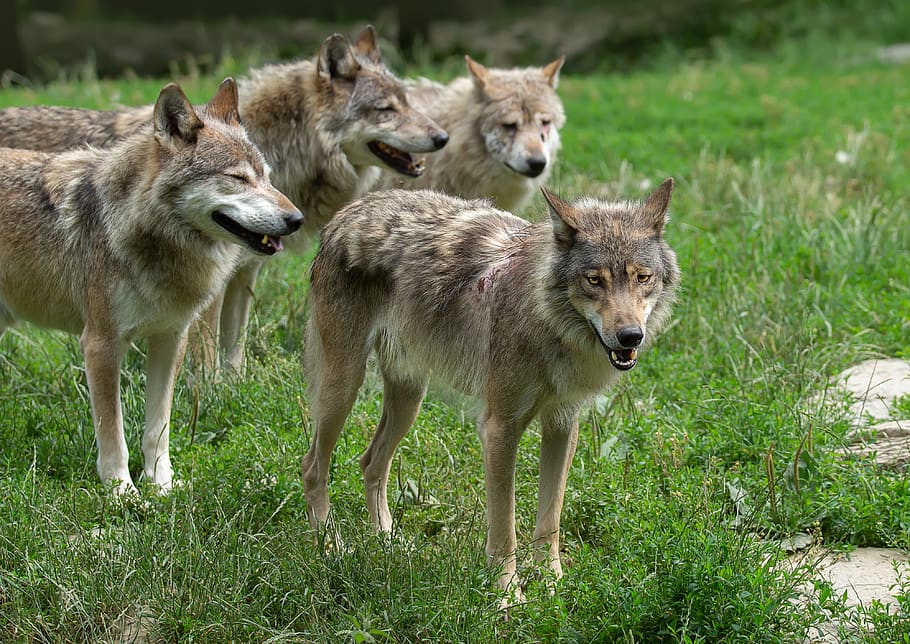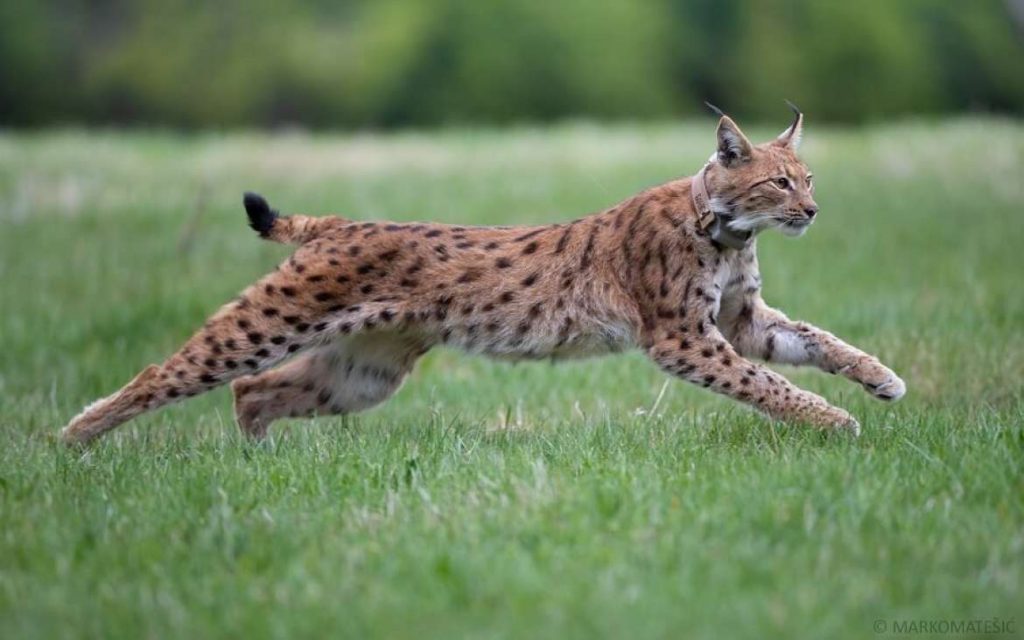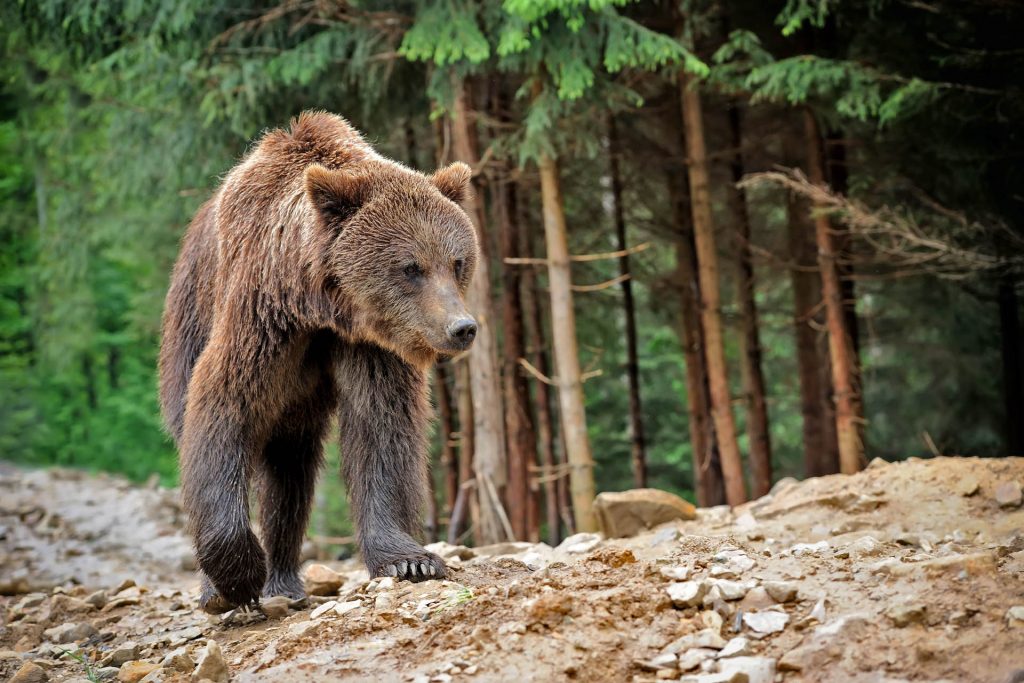In the half a century running up to the year 2002, there are only 8 recorded fatalities from wolf attacks across the whole of Europe and western Russia. Also when thinking about this number we need to remember that the majority of these sorts of occurred in parts of the world where there are many wolves such as Western Russia.
